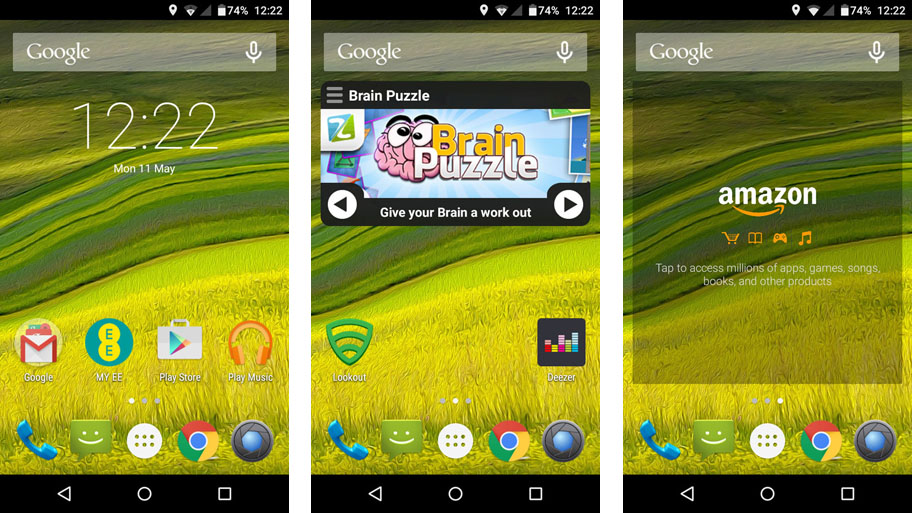Why you can trust TechRadar
Clearly the main attraction of the EE Harrier Mini will be its £99 price tag which, when combined with the assurance of being an official product of the UK's biggest mobile network, will inspire many an impromptu purchase.
But EE's name on the back of the device counts for far more than just a seal of approval. It means that the Harrier Mini provides access to the most advanced network in the country.
EE's 4G reach is unmatched by the other three major networks, providing high data speeds across a good proportion of the country. Even in areas where you can't get EE coverage, the company is aggressively expanding its reach like no other.
In my part of the country, I have decent 4G coverage through Three when out and about, but this doesn't extend inside my flat. With the EE Harrier Mini it does – albeit fairly weakly.

The other key EE-related feature here – and one that's now far more unique than cheap 4G – is Wi-Fi calling. The EE Harrier Mini is the cheapest way to access this handy feature.
So what is Wi-Fi calling? It really is as simple as it sounds, meaning that the EE Harrier Mini will use an available Wi-Fi connection to make voice calls and send texts where necessary.
You might think that this is nothing special, and that we've had VoIP calling for years. That's true, but true Wi-Fi calling is special because it integrates the feature seamlessly into your everyday usage, with no separate apps or settings.
Sign up for breaking news, reviews, opinion, top tech deals, and more.
You won't even notice that it's in operation – it just goes about its business vastly expanding your phone's connectivity without any fuss. It'll be particularly useful for those who suffer from troublesome indoors black spots.

The final key feature of the EE Harrier Mini is also incredibly simple – but sadly all too rare. As before, EE has packed its phone with stock Android, and in this case that means Android 5.0 Lollipop.
We're big fans of Google's latest mobile OS version. It's crisp, stylish, intuitive, and it handles notifications better than any of its rivals.
There's more detail about this interface in the next section, but for now suffice to say that its inclusion in a non-Nexus device still feels bizarrely special. EE deserves praise for leaving well alone – something that Samsung, HTC, and LG in particular seem frustratingly unwilling to do.

Jon is a freelance journalist who has been covering tech since the dawn of the smartphone era. Besides TechRadar, his words and pictures have appeared in The Telegraph, ShortList, Tech Advisor, Trusted Reviews, Expert Reviews, and more. He largely covers consumer technology, with a particular focus on smartphones and tablets. However, he's also been known to dabble in the worlds of entertainment and video games.
